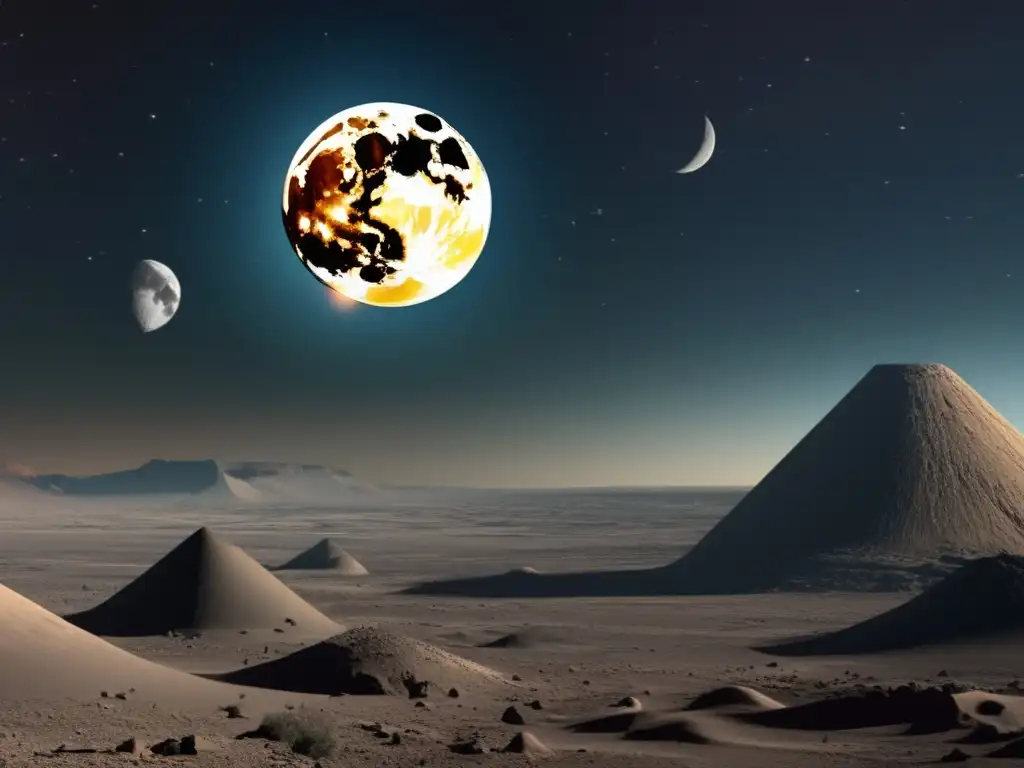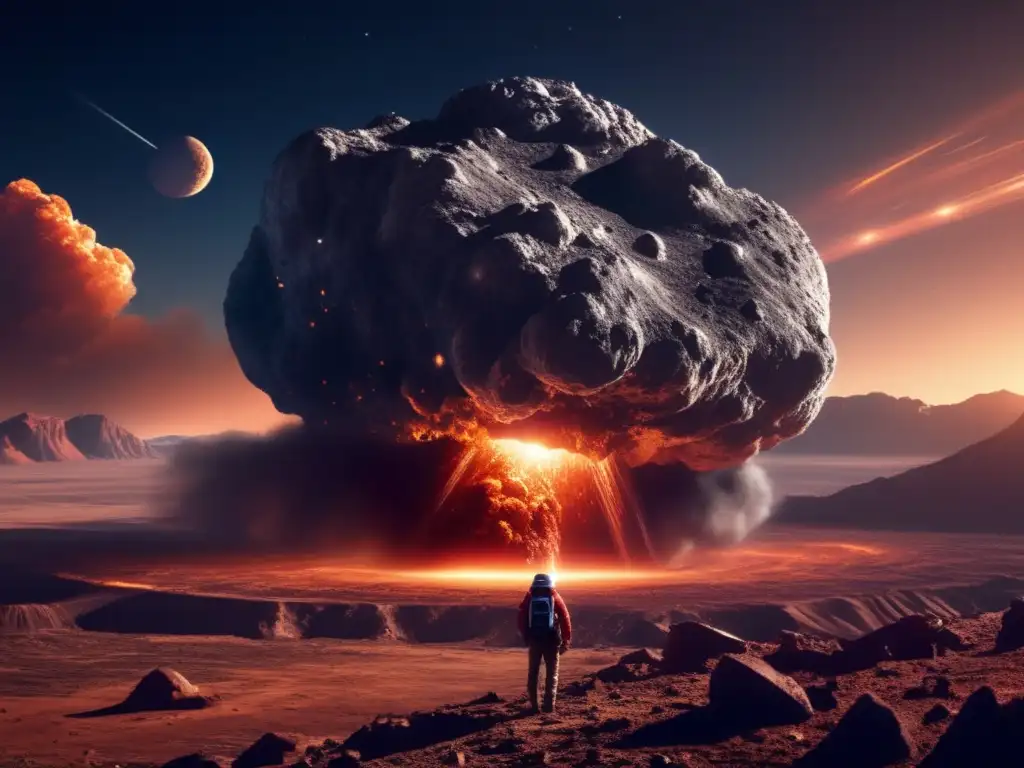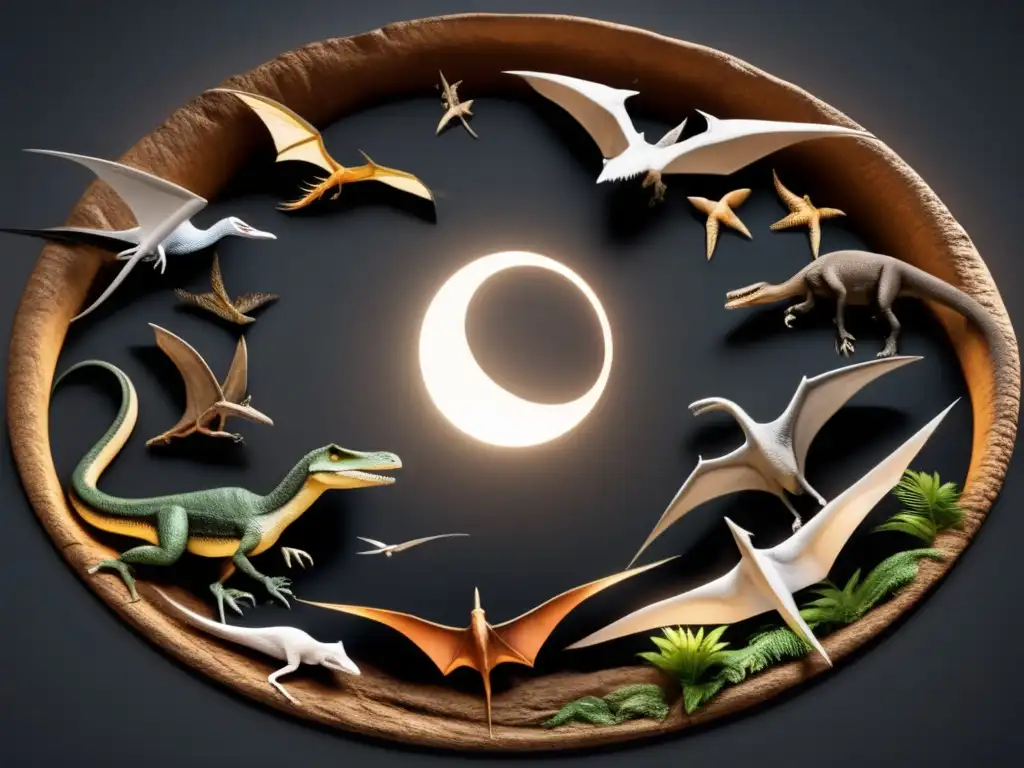Impact Hypotheses: Debating The Causes Of Mass Extinctions

Introduction
Asteroid impacts are often considered as one of the most significant causes of mass extinctions in Earth's history. These catastrophic events have occurred regularly throughout the planet's existence, causing widespread destruction and wiping out entire species. While there is no doubt that asteroid impacts can have a devastating impact on life on Earth, experts still debate what caused some of the biggest mass extinctions to occur. This article will explore some of the different impact hypotheses used to explain these catastrophic events.
The Deccan Traps Hypothesis

The Deccan Traps are a massive volcanic province located in India, which covers an area of approximately 500,000 square kilometers. According to some experts, this volcanic activity could have contributed to the extinction of the dinosaurs. The theory goes that the Deccan Traps were active during the same period as the Chicxulub impact, and the sudden release of volcanic gases into the atmosphere led to catastrophic climate change. As a result, the dinosaurs were unable to adapt to the new conditions and eventually became extinct.
While this theory remains controversial, recent studies have suggested that the Deccan Traps were active for much longer than initially thought. If true, this would mean that the volcanism could have had a more significant impact on the climate over a more extended period, supporting the argument that the Deccan Traps contributed to the dinosaur's demise.
The Alvarez Impact Hypothesis

The Alvarez Impact Hypothesis is perhaps the most well-known explanation for the extinction event that wiped out the dinosaurs. According to this theory, a massive asteroid impact occurred around 65 million years ago, resulting in a massive crater known as the Chicxulub crater. This impact caused a global catastrophe, leading to the extinction of the dinosaurs.
While there is no doubt that the Chicxulub impact occurred, some experts remain skeptical about whether it was responsible for the extinction of the dinosaurs. Some argue that the timing of the impact and the mass extinction event don't line up precisely, suggesting that other factors may have also contributed to the dinosaurs' demise.
The Manicouagan Impact Hypothesis

The Manicouagan crater is one of the largest impact craters on Earth, with a diameter of over 100 kilometers. While it is not considered a likely cause of a major extinction event, some experts believe that the impact could have had a more significant impact on life on Earth than previously thought.
According to one theory, the Manicouagan impact occurred during the Early Jurassic period, leading to significant changes in the planet's climate. This, in turn, led to the evolution of new species, including the rise of the dinosaurs. While this hypothesis has yet to be confirmed, it offers an intriguing insight into how asteroid impacts can have a positive impact on life on Earth.
The Tunguska Hypothesis

The Tunguska event occurred in 1908, when a small asteroid exploded over Siberia, releasing energy equivalent to several dozen atomic bombs. While this impact didn't have any direct impact on human life, it left a lasting impression on scientists studying the impact of asteroids on Earth.
One theory suggests that the Tunguska event was responsible for a minor extinction event that occurred around the same time. The explosion is thought to have caused widespread forest fires, releasing massive amounts of carbon dioxide into the atmosphere. This, in turn, led to significant changes in the planet's climate, leading to the extinction of several species.
Frequently Asked Questions

-
Did asteroid impacts cause all mass extinctions on Earth?
No, while asteroid impacts have played a significant role in mass extinctions, they are not the only cause. Other factors, such as climate change and volcanic activity, have also contributed to these events.
-
How can we protect ourselves from asteroid impacts?
While we cannot prevent asteroid impacts, we can take steps to minimize their impact. This includes tracking potentially hazardous asteroids and developing ways to deflect or destroy them before they collide with Earth.
-
Are there any plans to mine asteroids?
Yes, several companies are currently working on developing technologies to mine asteroids for resources, including water and precious metals.
-
What was the deadliest asteroid impact in Earth's history?
The Chicxulub impact, which occurred around 65 million years ago, is considered the most significant asteroid impact in Earth's history, resulting in the extinction of the dinosaurs.
-
Are there any asteroids that pose a threat to Earth?
Yes, there are several asteroids that are classified as potentially hazardous objects and could pose a threat to Earth in the future.
Conclusion
The impact of asteroids on life on Earth is still a topic of much debate, with experts offering different theories to explain these catastrophic events. While we may never have a complete understanding of what caused some of the biggest mass extinctions in Earth's history, continued research and innovation will help us better prepare for future asteroid impacts.
We encourage readers to share their thoughts on the subject in the comments section and continue to engage with Asteroid Realm, whether by subscribing, sharing articles on social networks, or other forms of engagement. Thank you for your time and attention.
Additional Resources

For more information on asteroid impacts and their impact on life on Earth, please visit these helpful resources:
 Asteroid Aftermath: The Impact On Civilization
Asteroid Aftermath: The Impact On Civilization When The Dust Settles: Recovery After Asteroid Strikes
When The Dust Settles: Recovery After Asteroid Strikes Cosmic Calamities: Understanding Asteroid Impact Consequences
Cosmic Calamities: Understanding Asteroid Impact ConsequencesIf you want to discover more articles similar to Impact Hypotheses: Debating The Causes Of Mass Extinctions, you can visit the Asteroid Impacts category.
Leave a Reply

Articulos relacionados: